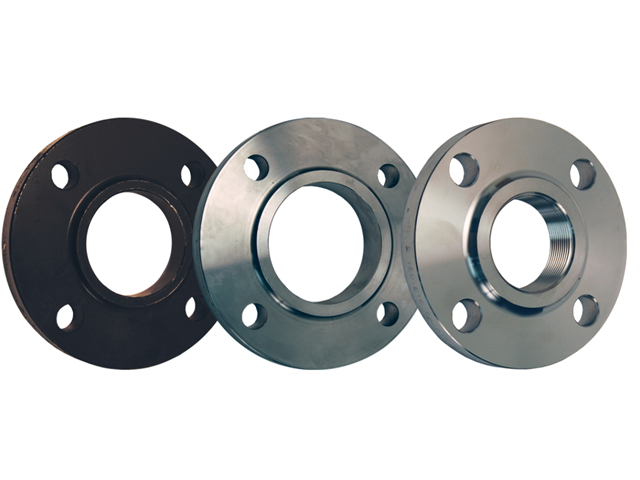
ADTO News
Factors to Consider When Choosing Steel Pipe Flanges?
Steel pipe flanges play a crucial role in the oil and gas piping systems, connecting valves with other equipment. Steel pipe flanges are the second-most commonly used joining mechanism after welding. Using steel pipe flanges provides added flexibility, allowing easier assembly and disassembly of pipe systems. They provide easier access during cleaning, repairs, and inspection of the oil and gas pipes.
But how do you find the right flanges for your piping system? Here are four factors to keep in mind during thesteel pipe flange selection process:
1. FLANGE TYPES
Steel pipe flanges come in different types for industrial use. You may need to carefully choose an ideal steel pipe flange design that fits with your piping systems. The most common types of steel pipe flanges used in the petrochemical industry are:
Lap joint flange
Blind flange
Socket weld flange
Welding neck flange
Slip-on flange
Other special flanges commonly used in the oil and gas industry include:
Long weld neck flanges
Orifice flange
Expander flange
Reducing flange
Nipoflange
The steel pipe flange design and face types may have a significant impact on the piping system’s final performance.
2. MATERIAL
Forged carbon steel pipe flanges are the most common type present within the market. Additionally, you can find flanges manufactured from stainless steel, aluminum, cast iron, and bronze. You may also find flanges with specialty metals such as chrome-moly, Inconel, and Monel. The type of material used depends on the industrial application and piping systems. This is to ensure that they are strong and durable enough in the long run. However, in most instances, the flange is of the same material as the pipes.
3. SIZE
For a proper fit, you may need to look into your flange size and dimensions. You may need to be keen on how the flange interfaces with the gaskets and pipes to ensure an ideal size. Some standard dimension considerations include:
Outside diameter
Nominal bore size
Inner diameter
Bolt circle diameter
Thickness
Pipe size
These dimensional factors may come in handy when updating, maintaining, or updating piping systems.
4. CLASSIFICATIONS
All flanges fall under different categories specified by ASME or ASTM standards. A specific flange type’s characteristic will significantly impact how it performs across a range of industrial environments. Steel pipes are available in a variety of styles and pressure classes. The metal flanges are classified from 150 to 2500 # rating. Some standard classifications used in petrochemical industries:
150#
300#
600#
900#
1500#
2500#
The different categories vary depending on the pressure and temperature tolerances, the flange design, size, or material used. The pressure ratings usually decrease as the temperature rises.


 Live Chat
Live Chat

